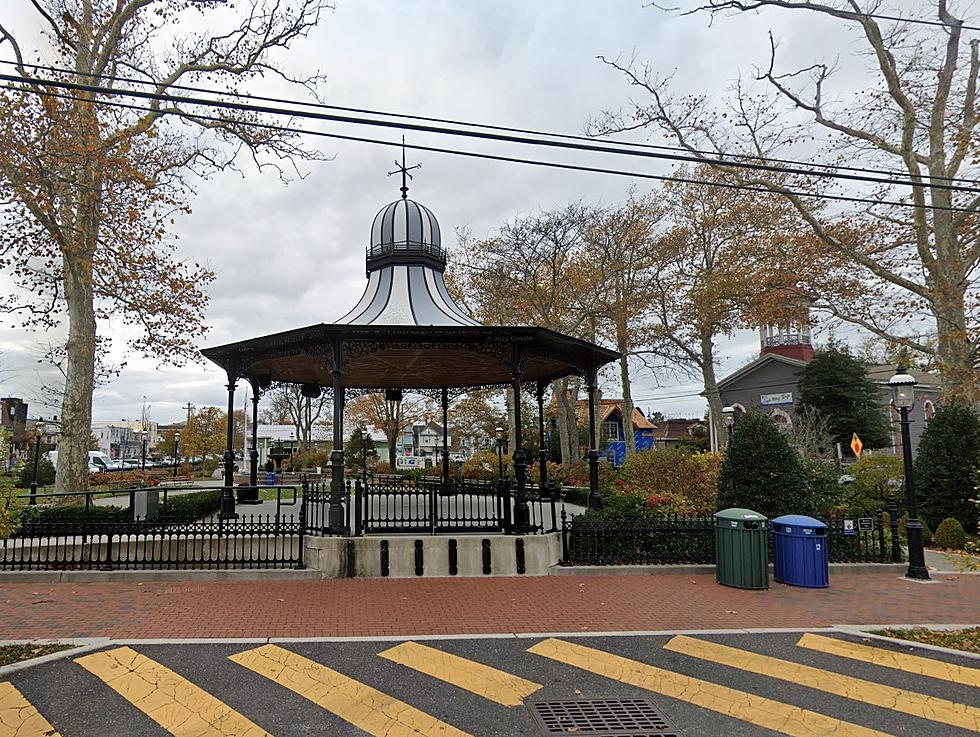
Speeding Hoboken train crashes again … but still no new brakes on NJ Transit
HOBOKEN — The fatal NJ Transit train crash Thursday morning at Hoboken Terminal was not the first time in recent years that a train moving at high-speed crashed at the station after failing to brake.
More than 30 people were hospitalized in May 2011 after a PATH train barreled through the bumpers at the end of the line, partially derailing and damaging the concrete station platform.
On Thursday, an NJ Transit commuter trained failed to stop in time, crashing into the platform at the end of the line. By mid-day, authorities had confirmed 108 people were injured, some critically. At least one fatality was confirmed and the engineer was in critical condition and "cooperating with authorities," Gov. Chris Christie said. Witnesses and passengers said the train came into the station at a high speed and it did not appear to slow down before the impact.
Christie on Thursday said it is to soon to draw comparisons between the two crashes. But the similarities already are raising questions about why commuter lines like NJ Transit still have not implemented a braking system system designed to correct for operator error.
After the 2011 Hoboken accident, a National Transportation Safety Board investigation determined that the PATH engineer was at fault for failing to hit the brakes.
"Contributing to the accident was the lack of a system that would have intervened to stop the train and prevent the collision," the NTSB report about the 2011 crash says.
The lack of PTC also was blamed in part for the May 2015 Amtrak derailment in Philadelphia, which killed eight.
A 2008 federal law — championed by then U.S. Sen. Frank Lautenberg, D-N.J. —mandated that all commuter rail systems install positive train control, or PTC. But last year, Congress and President Barack Obama extended the deadline by three years because of the cost of implementation, which has been estimated at $6.7 billion to $22.5 billion nationally.
Industry groups called the original deadline arbitrary and unrealistic. PTC does have its critics. The CEO of Union Pacific in 2011 called it a "waste." Other experts have said the money would be better spent on other technologies.
NJ Transit still has not installed any PTC aboard any of its trains, according to a recent Federal Railroad Administration filing. As of this summer, NJ Transit was still in the process of installing hardware and software systems on trains, but the PTC speed enforcement software was still under development.
On the PATH, which is operated by the Port Authority of New York and New Jersey, 198 of the system's 230 locomotives have been equipped with PTC. On Amtrak, the lines through New Jersey are all equipped with the braking system, federal documents show.
The NTSB report on the 2011 Hoboken crash said said PTC “would have automatically alerted the engineer to the train's excessive speed; and if the brakes were not applied, while operating in automatic or manual mode, the PTC system wold have automatically applied the brakes to stop the train and prevent the collision.”
The report said the female engineer tested negative for drugs and alcohol and that the train's brakes were in working order.
Speaking with New Jersey 101.5's Dennis Malloy and Judi Franco Thursday afternoon, Christie said it was still too soon to comment on the PTC issue, although he did say that "the train came into the station at a much higher rate of speed than normal."
"We don't know what the cause was yet," he added. "Whether or not he was even attempting to break ... we just don't know. Let's take it one step at a time."
The crash is being investigated by the NTSB and the state Attorney General's Office.
Sergio Bichao is deputy digital editor at New Jersey 101.5. Send him news tips: Call 609-438-1015 or email sergio.bichao@townsquaremedia.com.
More From 94.3 The Point










